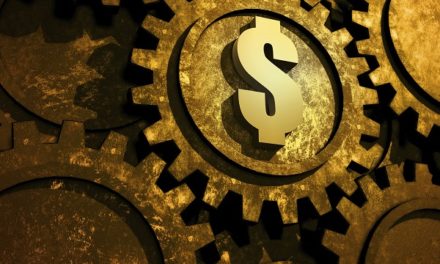
“I buy on the assumption that they could close the market the next day and not reopen it for five years.”
— Warren Buffett
This inspiring quote from Warren Buffett teaches us the importance of considering our investment time horizon when approaching any given investment: Could we envision ourselves holding the stock we are considering for many years? Even a five year holding period potentially?
For “buy-and-hold” investors taking a long-term view, what’s important isn’t the short-term stock market fluctuations that will inevitably occur, but what happens over the long haul. Looking back 5 years to 2018, investors considering an investment into shares of Procter & Gamble Company (NYSE: PG) may have been pondering this very question and thinking about their potential investment result over a full five year time horizon. Here’s how that would have worked out.
| Start date: | 07/19/2018 |
|
|||
| End date: | 07/18/2023 | ||||
| Start price/share: | $78.73 | ||||
| End price/share: | $149.27 | ||||
| Starting shares: | 127.02 | ||||
| Ending shares: | 144.97 | ||||
| Dividends reinvested/share: | $16.37 | ||||
| Total return: | 116.40% | ||||
| Average annual return: | 16.69% | ||||
| Starting investment: | $10,000.00 | ||||
| Ending investment: | $21,635.56 | ||||
As we can see, the five year investment result worked out exceptionally well, with an annualized rate of return of 16.69%. This would have turned a $10K investment made 5 years ago into $21,635.56 today (as of 07/18/2023). On a total return basis, that’s a result of 116.40% (something to think about: how might PG shares perform over the next 5 years?). [These numbers were computed with the Dividend Channel DRIP Returns Calculator.]
Notice that Procter & Gamble Company paid investors a total of $16.37/share in dividends over the 5 holding period, marking a second component of the total return beyond share price change alone. Much like watering a tree, reinvesting dividends can help an investment to grow over time — for the above calculations we assume dividend reinvestment (and for this exercise the closing price on ex-date is used for the reinvestment of a given dividend).
Based upon the most recent annualized dividend rate of 3.7628/share, we calculate that PG has a current yield of approximately 2.52%. Another interesting datapoint we can examine is ‘yield on cost’ — in other words, we can express the current annualized dividend of 3.7628 against the original $78.73/share purchase price. This works out to a yield on cost of 3.20%.
One more piece of investment wisdom to leave you with:
“History provides a crucial insight regarding market crises: they are inevitable, painful and ultimately surmountable.” — Shelby Davis




